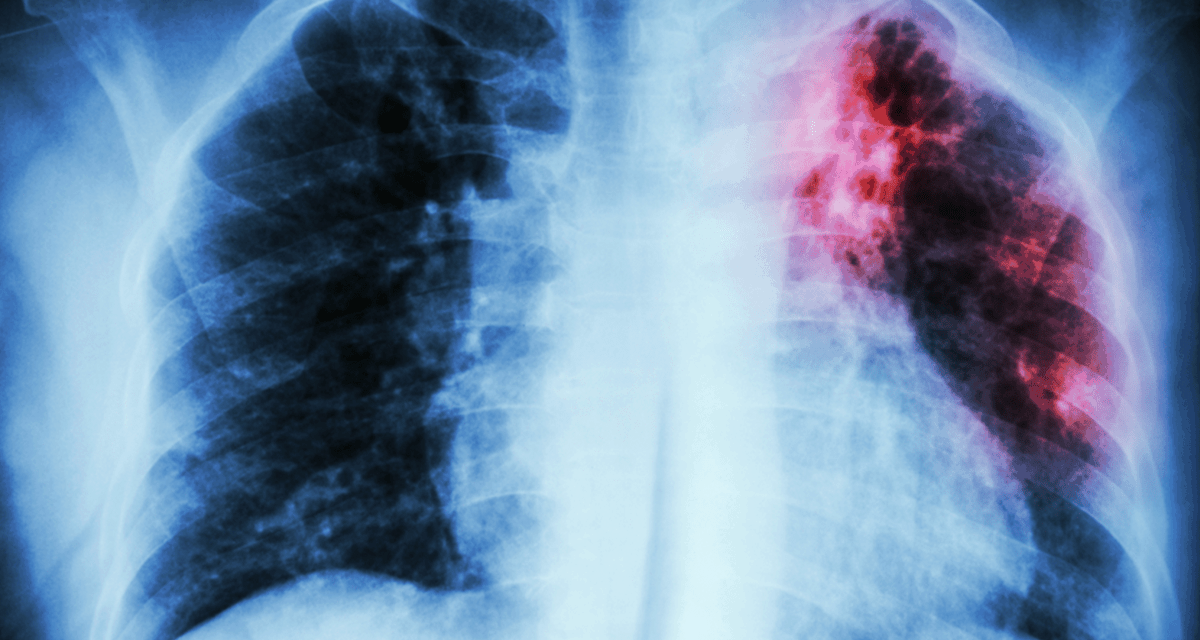The Impact of EVLP
Evidence suggests that ex vivo lung perfusion (EVLP) is increasingly being used to evaluate and treat donor lungs for transplantation. However, data are lacking on the impact of EVLP on organ use rates and recipient outcomes following lung transplantation. For a large cohort, single-center examination of outcomes among clinical EVLP cases conducted between 2011 and 2017, researchers divided cases based on the indication for the procedure: high-risk brain death donors (BDD), standard donation after cardiac death (DCD), high-risk DCD, and logistics (need for prolongation of preservation time or organ retrieval by a different transplant team). Among 805 lung transplants during the study period, 200 resulted from 286 EVLPs, for an overall utilization rate of 70%. Utilization rates by EVLP category were 70% for BDD, 75% for DCD, 62% for high-risk DCD, and 80% for logistics. Respective 30-day mortality rates were 2.6%, 4.0%, 1.9%, and 0.0%, while respective median times on mechanical ventilation, ICU stay, and hospital stay were 2.2, 4.1, and 20.0; 2.1, 3.7, and 21.0; 3.1, 5.7, and 22.0; and 2.1, 5.1, and 16.0.
————————————————————–
Comparing Morbidity & Mortality of Lobar Vs. Sub-Lobar Resection
The CALB/ALLIANCE 140503 study was a multicenter international trial in which patients with non-small cell lung cancer (NSCLC) clinically staged as T1aN0 were randomized to lobar or sub-lobar resection to determine disease-free survival. As follow-up, study investigators compared mortality and morbidity associated with both arms of the trial. Perioperative mortality was defined as death from any cause within 30 and 90 days of surgical intervention, and morbidity was graded using the Common Terminology Criteria for Adverse Events. Mortality rates at 30 and 90 days were 1.1% and 1.7%, respectively, after lobar resection and 0.6% and 1.2%, respectively, after sub-lobar resection. No complications were observed in 46% of lobar patients and 49% or sub-lobar patients. Grade 3/4/5 adverse event rates were 15.2% in the lobar group and 14.25 in the sub-lobar group. Prolonged air leak occurred in 2.5% of lobar patients and 0.6% of sub-lobar patients.
————————————————————–
NLST & Modern Thoracic Surgical Practice
The National Lung Screening Trial (NLST), published in 2011, had an accrual period of 2002 to 2004 and did not utilized standardized approaches to nodule evaluation or diagnostic procedures. For a study, surgical procedures and complications from the NLST were analyzed to determine their relevance to modern surgical practice. Among more than 1,000 patients who underwent resection for lung cancer, less than 30% had a non-surgical preoperative biopsy confirming cancer, and only 71% had a positron emission tomography scan within 6 months of their procedure. Procedures included lobectomy/bilobectomy (80%), pneumonectomy (4%), and sub-lobar resection (16%), among whom 69% had wedge resection. Less than one-third underwent thoracoscopic resection. Surgical patients had an overall complication rate of approximately 30%, but only about 15% had “major” complications, most commonly prolonged air leak. In propensity matched subgroups, a thoracoscopic approach and sub-lobar resection were associated with decreased overall rates of complications
————————————————————–
Promising Robot-Assisted Tracheobronchoplasty Results
Open tracheobronchoplasty (TBP) for the treatment of patients with tracheobronchomalacia (TBM) is often restricted to highly select individuals due to significant risks of associated complications and mortality. Robot-assisted TBP (R-TBP) is a minimally invasive approach to the same procedure, but little is known regarding associated morbidity, mortality, and symptom improvement. Thoracic surgeons performed R-TBP on 42 patients with severe symptomatic TBM for a study. Pre- versus post-procedure measurements showed improvements in mean forced vital capacity, from 70.6% to 85.6%, and in mean predicted peak expiratory flow rate, from 61.75% to 80.85%. No patients required immediate postoperative bronchoscopy or reintubation. Postoperative complications included only one case of pneumonia and two cases of pneumothorax. All patients were discharged home, with a 0% 90-day mortality rate. More than 80% of patients reported satisfaction with overall procedural results, and the majority reported subjective improvements in cough, shortness of breath, and the ability to manage respiratory infections.
————————————————————–
Early Post-Staging Surgery for NSCLC
Previous research shows that delays in surgery following non-small cell lung cancer (NSCLC) staging is associated with increased upstaging and decreased survival. However, granular analyses are lacking of cancer upstaging in patients with stage I NSCLC. For a study, investigators analyzed data from about 52,000 patients with stage I NSCLC who were undergoing surgical resection—and had anatomic lobar resection and lymphadenectomy or lymph node sampling but did not receive pre-operative chemotherapy—and compared to their eventual pathologic staging. Upstaging rates were evaluated based on the time from completed clinical staging to surgery for the first 12 weeks. The study team found that overall survival improved with accurate staging. With each progressive week from clinical staging to surgery, cancer upstaging rates increased significantly. Rates of upstaging to stage 3A were significant, reinforcing the need for surgery within the NCCN guideline-recommended 8 weeks or less, according to the study authors. While upstaging occurred for both squamous cell carcinoma and adenocarcinoma, stage IA patients were upstaged at a higher rate than IB patients.


